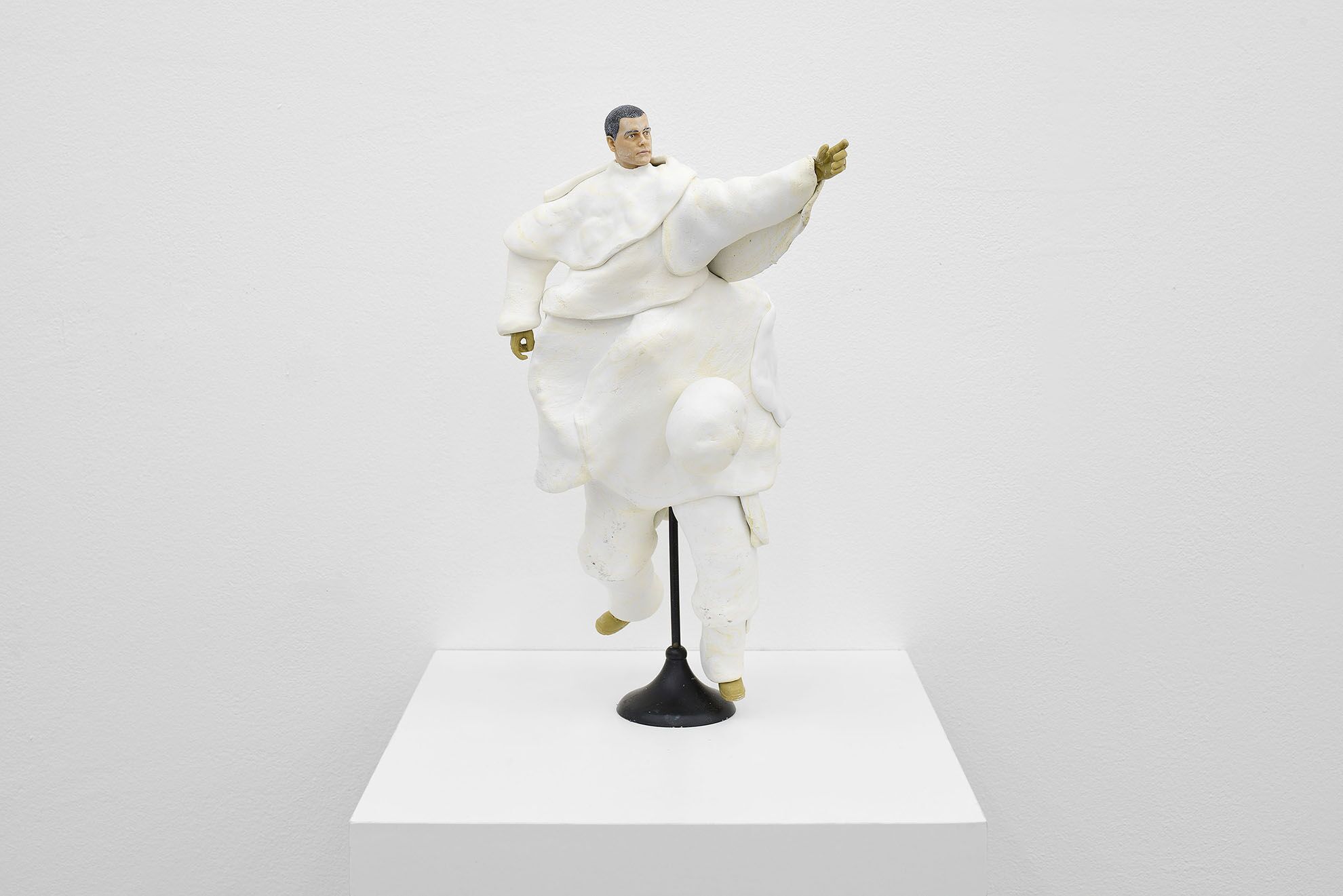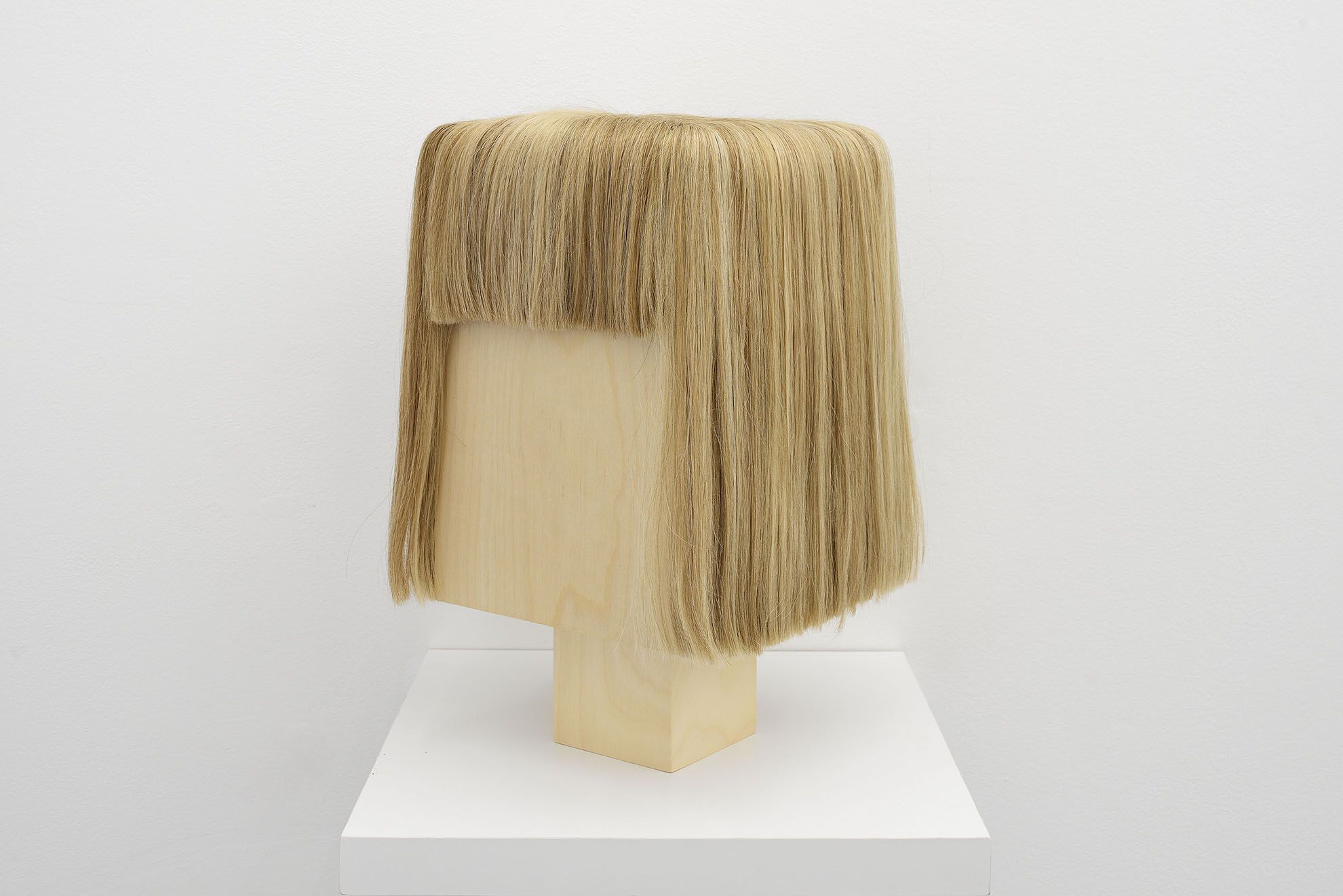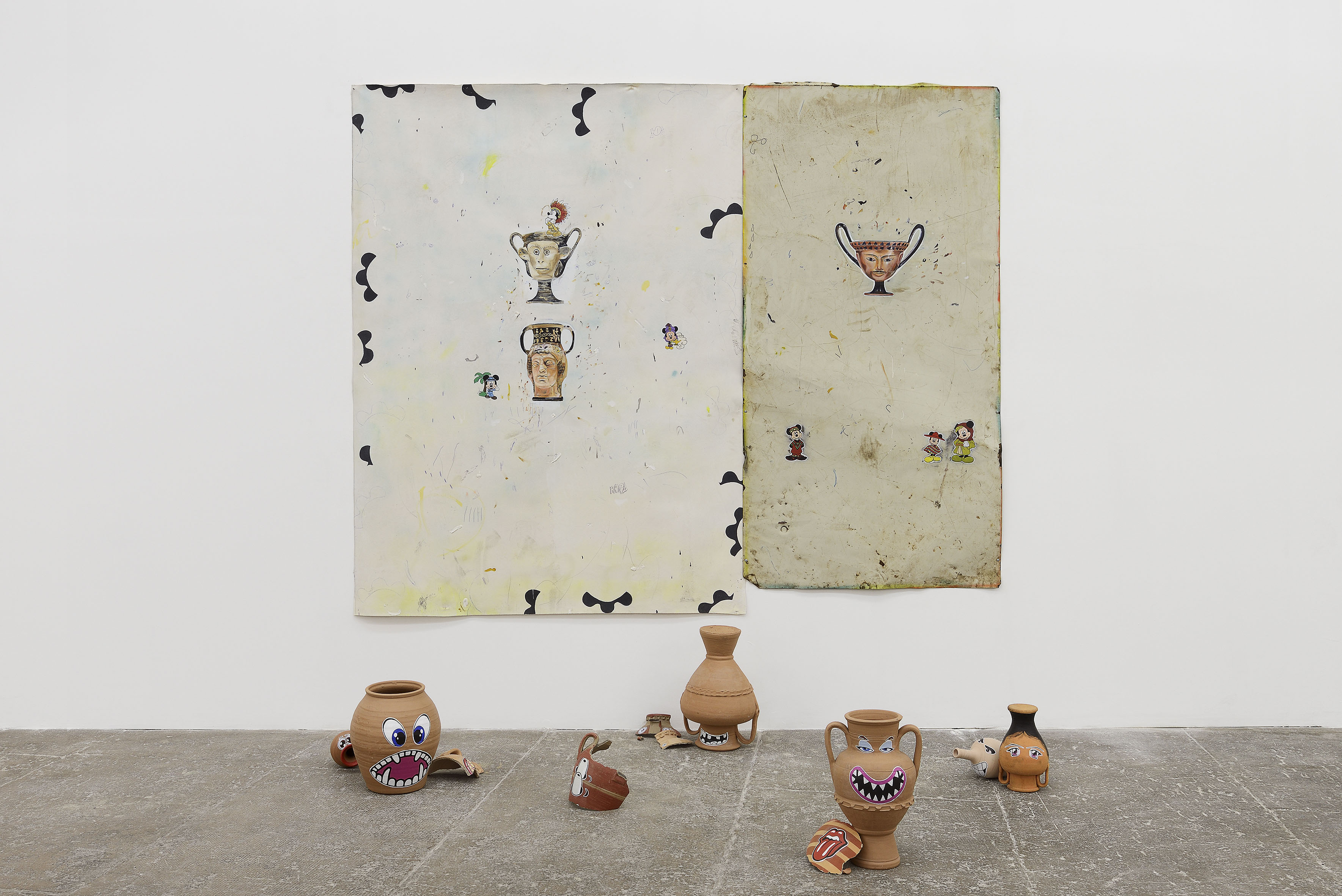
Photo: Matteo Piazza
Past and present coexist in every corner of Rome, a city that resounds with the artistic glory of the past and attracts visitors from all around the world. Despite its great influx of tourists and numerous cultural sights, Rome struggles to establish itself in the contemporary art scene. The system seems largely projected outward towards the international art circuit rather than inward, supporting promising Italian artists; a choice that may reflect either a recent Italian penchant for all that is foreign or a merely natural response to the lack of an arts council in Italy. Yet, a small and varied number of contemporary art players, comprising private galleries, museums, artists and magazines, is present in the Italian capital.

Frutta
The art scene in Rome can be easily discovered by foot, on a variety of visually breathtaking routes. On my recent visit I walked nearby the Colosseum, the Palatino and the Circo Massimo, crossing over to the Isola Tiberina, a tiny island whose natural location protects it from the noise and crowds. The island’s southern bridge leads to Trastevere, a neighbourhood with working-class roots that still maintains some of its old character. It is here that four major galleries are located, forming a mini-district of contemporary art. Gavin Brown’s Enterprise is based in the eighth-century deconsecrated St Andrea de Scaphis church in via dei Vascellari is showing Bliss, a large three-meter high bust of a woman facing an altar. On the day of my visit, on a regular working day in mid-October, the gallery is unexpectedly closed. Around the corner, the portcullis of the Galerie Emanuel Layr in Via dei Salumi is also shut.

Frutta
On the same street, in an unassuming space previously used as a garage, the Frutta gallery is open and proposes an eye-catching exhibition of the Welsh artist Bedwyr Williams. James Gardner, the owner, explains that having a gallery in Rome is not much different to elsewhere because the art world is global nowadays and a specific location is just about preference rather than necessity. This might explain the unusual closure times of some galleries in the capital, but it also indicates an alternative business model for galleries in Rome. In Via Ripense, within the same Trastevere neighbourhood, an unexpectedly wide industrial space opens up for visitors. It is the T293 gallery. The space currently hosts an exhibition by the Brazilian artist Paulo Pjota. According to Paola Guadagnino and Marco Altavilla, the owner and director of the gallery respectively, Rome has a small art circuit that is appealing to young and independent galleries to propose cutting-edge exhibitions. From my conversation with the gallery owners, it emerges that Rome lacks a solid base of mid-career and well-established artists, and the artist community is largely composed of visiting artists who reside in prestigious foreign academies, including the American Academy, the British School of Rome, the French Academy, Mission Colbert at Villa Medici and the Swiss Institute at Villa Maraini.

Courtesy the artist and T293, Rome
Continuing towards the Campo dei Fiori quarter, the Lorcan O’Neill Gallery is located in the former stables of the nearby Palazzo di Santa Croce and it hosts a superlative exhibition of work from American artist Betty Woodman. According to Laura Chiari, the director of the gallery, Rome is uniquely attractive for artists because of its exotic traits, yet it is decadent and chaotic at the same time, a perfect mix to inspire creativity. In her view, Rome provides an alternative gateway to artists who look for opportunities beyond a merely commercial scope. She points out that Richard Long began to create his mud works in Rome for the inaugural exhibition of the gallery in 2002. Since then the gallery offered the artist unique facilities to create works with the mud removed from the banks of river Avon in England and transported to Rome for processing. When everything is in place, Rome provides a prolific creative environment.

The art scene in Rome stretches beyond private galleries and foreign academies. It is also home to the art magazine Cura, which was launched by Ilaria Marotta and Andrea Baccin in 2009. Alongside the editorial project, Marotta and Baccin run a nonprofit project space called Basement Rome that hosts exhibitions of artists from around the world without commercializing their work.
A global reach drives the art world in Rome, but attention to Italian-based artists seems to be slowly advancing. Private and public institutions are becoming involved and are increasingly supportive of contemporary art. The fashion house Fendi has recently purchased and displayed at the headquarters the installation Foglie di Pietra by Giuseppe Penone, an exponent of the Italian Arte Povera. The MAXXI museum for contemporary art, located in a futuristic building designed by the late architect Zaha Hadid, has just ended a solo exhibition by the Italian artist Piero Gilardi, whose work focusses on the human relationship with nature, and in March 2018 it will open a solo exhibition by Nico Vascellari, an Italian artist renowned internationally for performance art and sound installations.
Time will tell whether the recent museums’ programmes are the beginning of an enduring renewal of contemporary art in the capital of Italy. As the lead character in The Leopard by Tomasi di Lampedusa, Tancredi says: “For everything to stay the same, everything must change”.

Photo: Matteo Piazza




